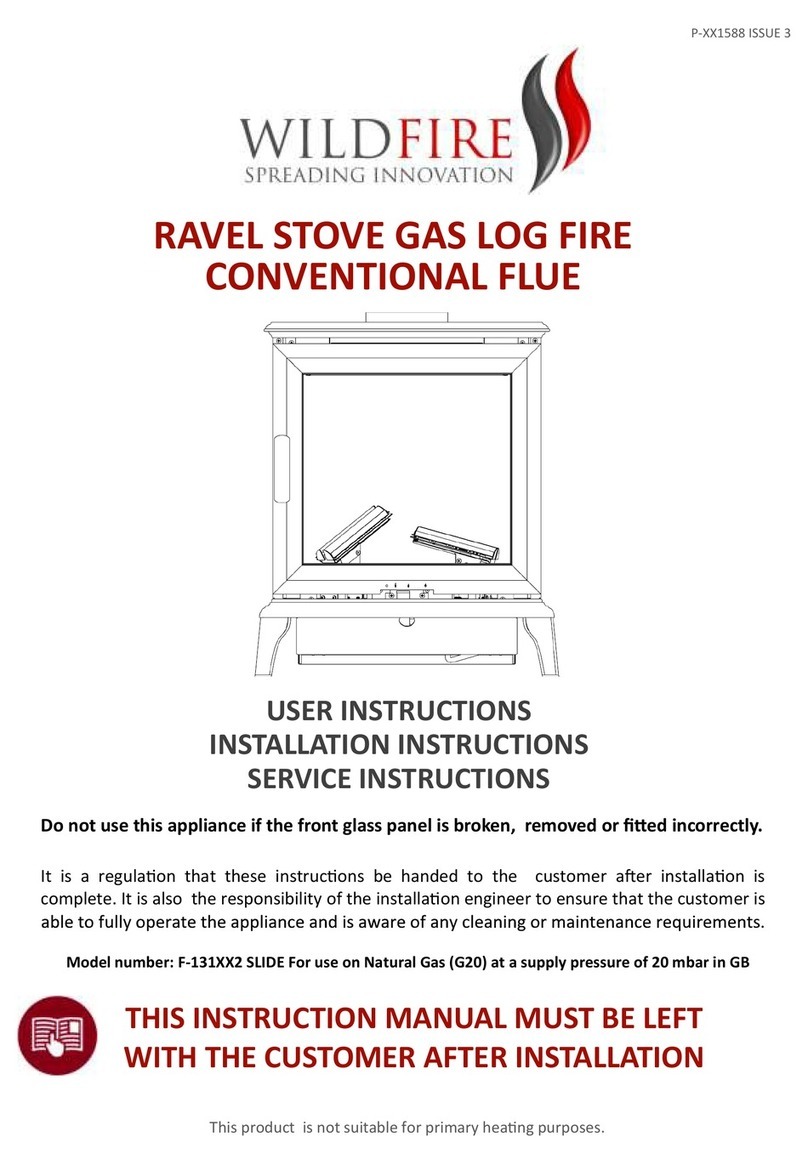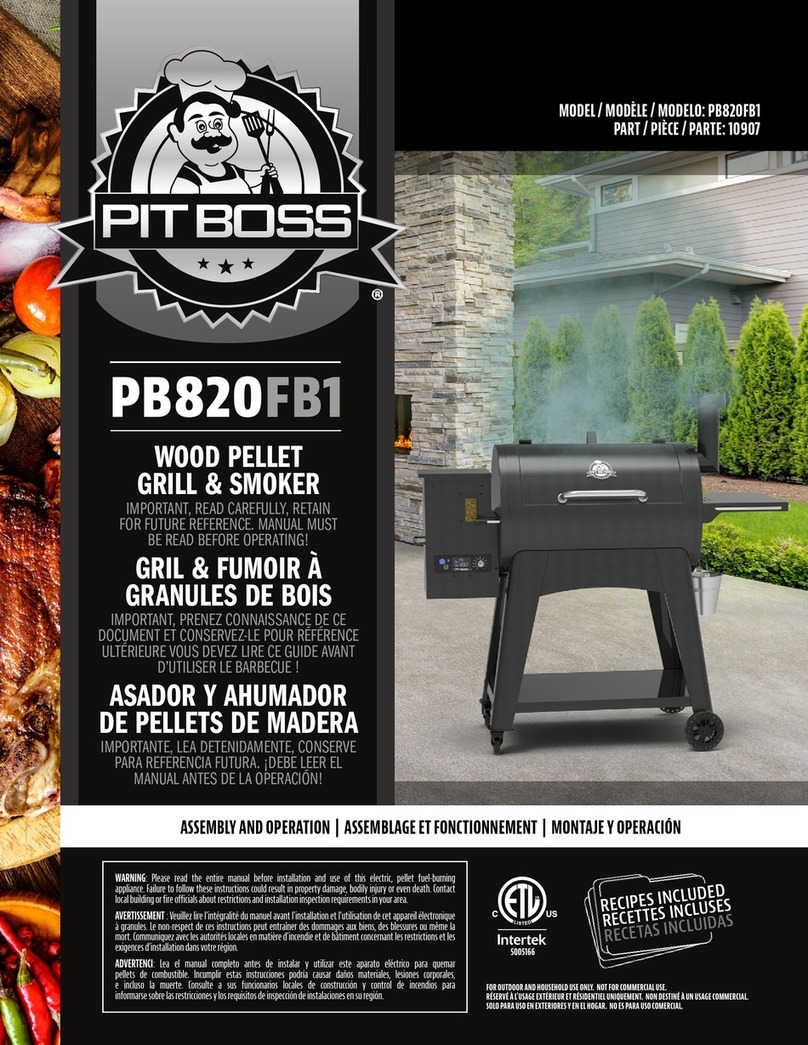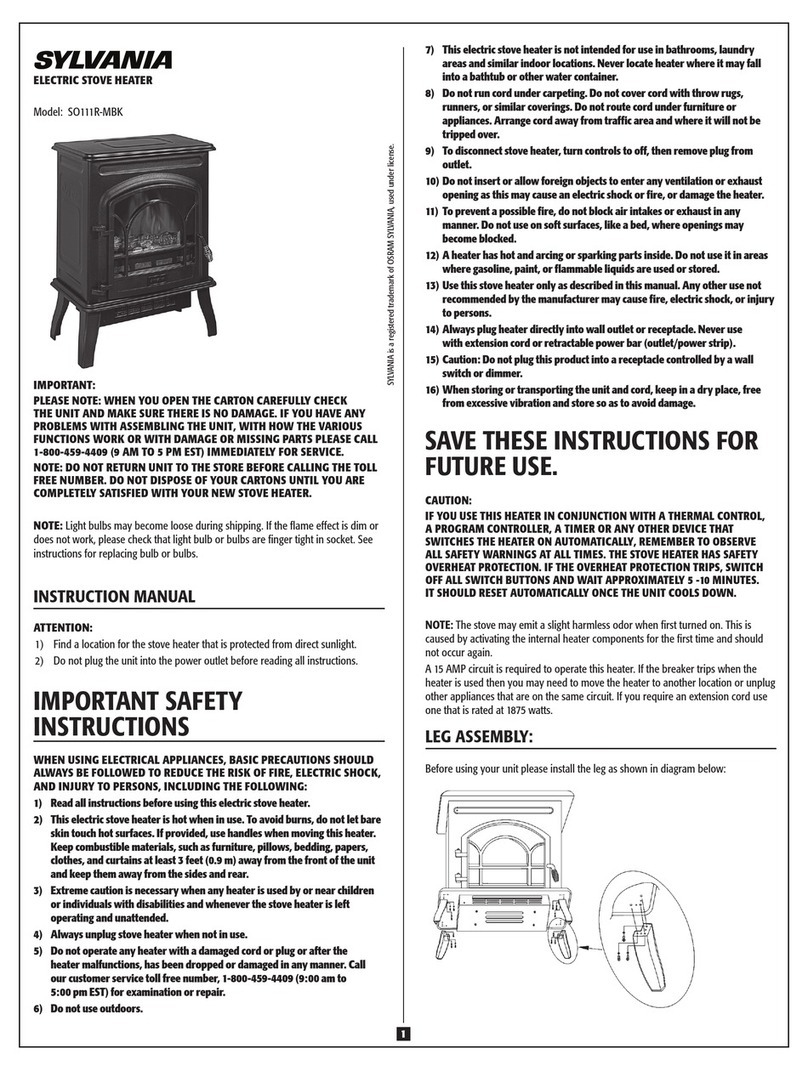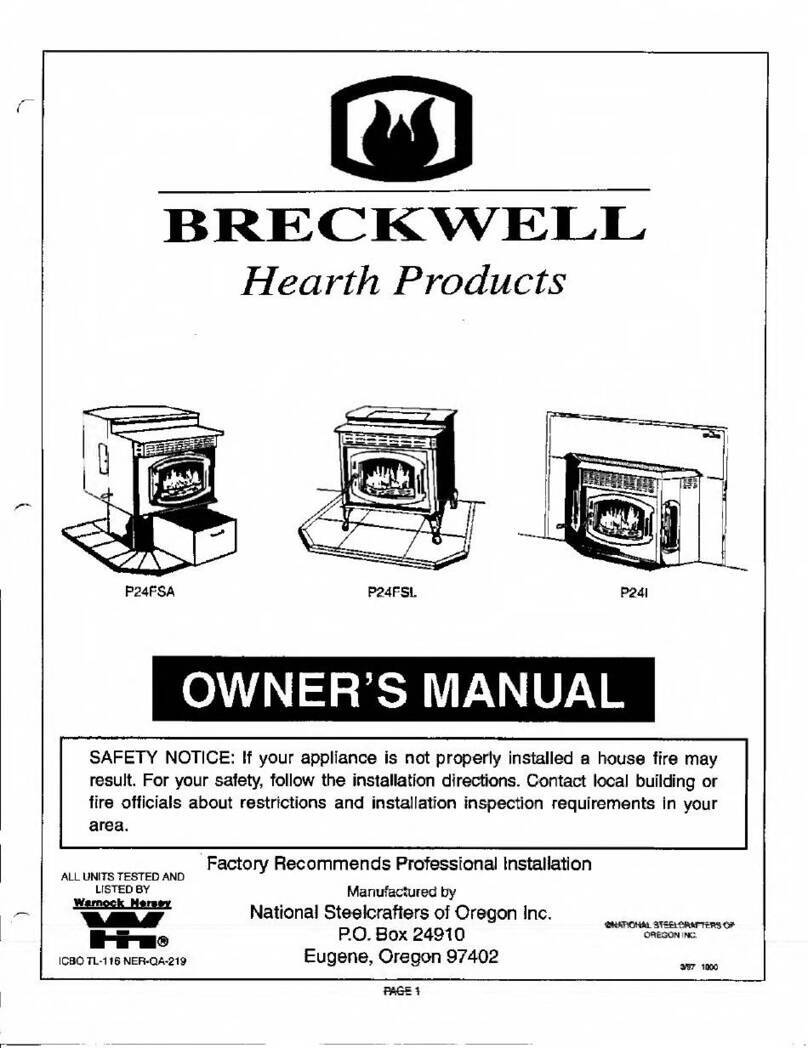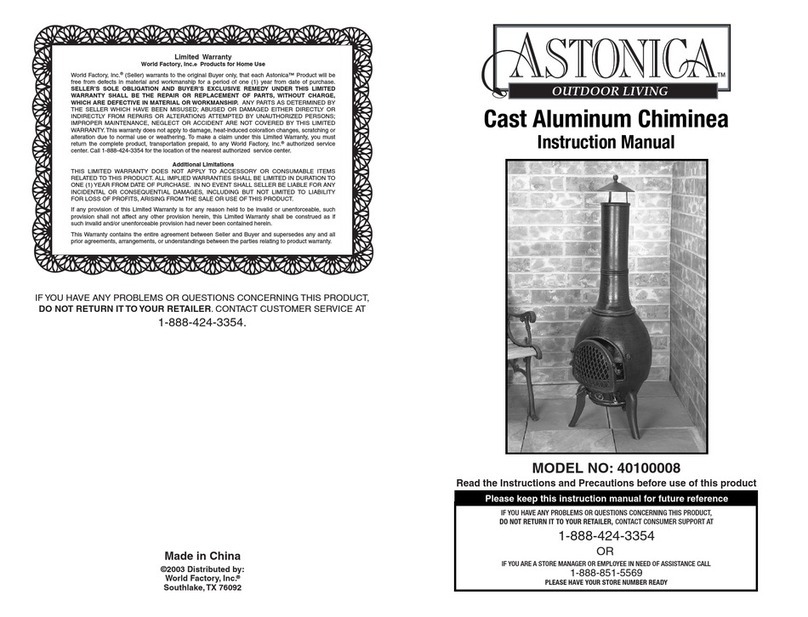
Table of contents
ii M2320121_en | Installation instructions Pellet boiler PECO
1 General ......................................................................................................................................................... 4
1.1 About this manual ................................................................................................................................. 4
2 Safety............................................................................................................................................................ 5
2.1 Hazard levels of warnings..................................................................................................................... 5
2.2 Qualification of assembly staff .............................................................................................................. 6
2.3 Personal protective equipment for assembly staff ................................................................................ 6
3 Design Information...................................................................................................................................... 7
3.1 Overview of standards .......................................................................................................................... 7
3.1.1 General standards for heating systems ..................................................................................... 7
3.1.2 Standards for structural and safety devices............................................................................... 7
3.1.3 Standards for heating water....................................................................................................... 7
3.1.4 Regulations and standards for permitted fuels .......................................................................... 8
3.2 Installation and approval....................................................................................................................... 8
3.3 Installation site ...................................................................................................................................... 8
3.4 Chimney connection/chimney system .................................................................................................. 9
3.4.1 Connection line to the chimney.................................................................................................. 9
3.4.2 Measuring port........................................................................................................................... 10
3.4.3 Draught limiter............................................................................................................................ 10
3.4.4 Explosion flap............................................................................................................................. 10
3.4.5 Electrostatic particle separator................................................................................................... 10
3.5 Combustion air for room air-dependent operation ................................................................................ 12
3.5.1 Combustion air supply at the installation room .......................................................................... 12
3.5.2 Simultaneous operation with other air-drawing systems............................................................ 12
3.6 Combustion air for room air-independent operation ............................................................................. 14
3.6.1 Definition of terms ...................................................................................................................... 14
3.6.2 Supply air line ............................................................................................................................ 15
3.6.3 Condensation............................................................................................................................. 15
3.7 Domestic hot water ............................................................................................................................... 16
3.8 Pressure maintenance systems............................................................................................................ 17
3.9 Storage tank ......................................................................................................................................... 18
3.10 Boiler ventilation ................................................................................................................................... 18
4 Technology .................................................................................................................................................. 19
4.1 Dimensions ........................................................................................................................................... 19
4.2 Connections.......................................................................................................................................... 20
4.3 Technical specifications........................................................................................................................ 21
4.3.1 PECO 15-20............................................................................................................................... 21
4.3.2 PECO 25-30............................................................................................................................... 22
4.3.3 PECO 32-35............................................................................................................................... 23
4.3.4 Boiler data for planning the flue gas system.............................................................................. 25
4.4 External suction module ....................................................................................................................... 26
5 Assembly...................................................................................................................................................... 27
5.1 Included in delivery ............................................................................................................................... 27
5.2 Tools required....................................................................................................................................... 28
5.3 Transport .............................................................................................................................................. 28
5.4 Positioning ............................................................................................................................................ 28
5.5 Temporary storage ............................................................................................................................... 29
5.6 Setting up in the boiler room................................................................................................................. 30
5.6.1 Moving the boiler in the boiler room........................................................................................... 30
5.6.2 Operating and maintenance areas of the equipment................................................................. 30

